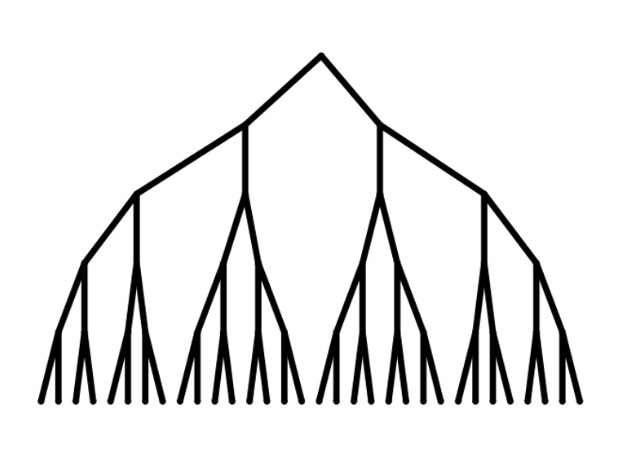- In broadcast communication, one group speaks directly to a group without an intermediary. 
- Their speaker has total control over their message.
- This is, historically, how we get political information and news.
- In viral communication, a message is initially sent to a smaller audience; if that audience engaged with the message, the algorithm will spread it to more users. 
- [[2024-11-18]] The change from broadcast to viral communication has also changed how we need to understand propaganda. We don’t live in a world of broadcast mass media anymore; we’re in a world of networks. See more: [[boyd, danah - 2018 - You Think You Want Media Literacy]].